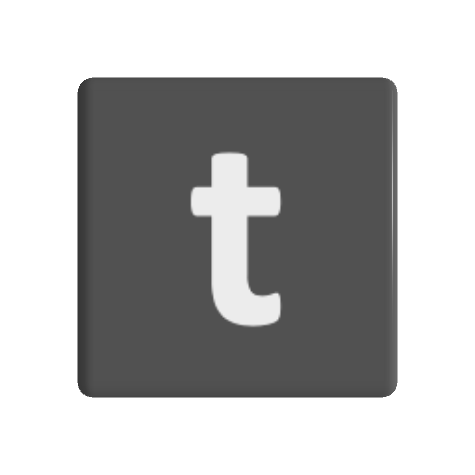 I get asked every day to give advice and recommendations on the context and layout of individuals CVs, both generic ‘vanilla’ versions and by people applying for specific roles at ‘C’ suite and Senior Leadership level.
I get asked every day to give advice and recommendations on the context and layout of individuals CVs, both generic ‘vanilla’ versions and by people applying for specific roles at ‘C’ suite and Senior Leadership level.
There is no singular correct format, but . . .
. . . there are some basic rules to follow. Always remember though, everyone has an opinion, so be confident in getting your own message across. Your CV is document to translate what skills you have not a matter of pride, it needs to be easily understood by the reader.
In 25 years plus of executive search and advertised selection I personally believe an individual should always have an up-to-date general CV so as to be able to easily articulate and share who they are and what they’ve done. However, when entering a process for a specific role you should be prepared to present a specific CV aligned carefully to the competencies and skills required in the role. If a hiring organisation, a friend in business or a search consultant asks you for a CV, first get an understanding of why and for what role. Make sure you clearly understand the outcomes the organisation is looking to achieve and then ensure your CV details where you have relevant experience while still maintaining an easy to read and simple structured layout. Having your ‘vanilla’ CV ready and up to date makes this process so much easier and quicker!
A layout suggestion for your General CV . . .
Keep in mind that when you submit your CV to anyone for the first time, they will initially be looking to consciously or sub-consciously pick out the skills, experience and knowledge they believe they need to acquire to achieve the business outcome they are hiring for. Make it simple, easy to understand and use direct language. A format that works well follows the following rules:
Front page
This should be ‘you at a glance’ and also include your most recent role. Start with your name, address, email and mobile number, it’s critical you are easy to contact, and your details are at hand at first glance. Follow this with a simple statement about who you are, primary skills, background, recent industry/market experience. This summary should be no more than 2-3 sentences or a short paragraph. If you are struggling then try 3-5 short bullet points outlining your role type, industry experience and what you’ve done that is ‘current’.
Follow your intro/summary with your most current role/job. Headline this most recent role with clearly defined job title, organisation name, dates to and from you’ve been there and then a couple of sentences explaining what the organisation does, don’t assume it’s obvious to anyone what your employers business is. Detailing your achievements, KPI’s you’ve worked to (key performance indicators or equivalent) and your primary responsibilities is all you need to cover. If there is something exceptional about the role, the organisation or the market sector then also mention it as a short bullet point. Keeping it simple.
If you have had a succession of roles in the same organisation, then mention that as a bullet point or 1-2 sentences at the end of that role/tenure of employment. It’s good to show progression, but you are putting yourself forward for a role based on where you’ve got to, so don’t detail each role as a separate job description.
Second and subsequent pages
Two or three pages is enough for a CV but don’t worry about going over if you have a longer journey to describe. Keep repeating the format above for your employment history, remembering to group things by employer and detailing your most recent/last job role at each employer as the headline role.
Last page
After your last detailed role (and if you have a long career history going back 15 years is plenty of narrative, you can always list older historical roles as simple bullet points) you can list qualifications, education, hobbies and other skills experiences you’d like to highlight. Do remember to add in any voluntary work or advisory support you might be providing in your spare time.
Don’t worry about your CV following a generic style. Think about who will be reading your CV and how they will process the data. Often, whether it is a Recruitment Manager, HR Business Partner, PA, Search Consultant or the hiring line manager they will be ‘sifting’ through upwards of 300 plus (quite often 500+) CV’s for a role. If all the CVs are in a simple generic format it makes it so much easier to quickly assess and decide on how appropriate the applicants background is for the role. However, some unique but simple twist on presentation/style can often help make the CV stand out, make it more memorable and easier to select from the ‘maybe’ options to the ‘yes’ pile when shortlisting for first interview.
A completely unique stylised CV is fine if you know you are down to a small number of applicants for a role, or been asked to summarise your background for a final interview, then it’s time to be creative if that is in your nature or required by the role you are being assessed for!
We’ll be adding more tutorials and information on developing your CV so sign up for our newsletter and if you find the advice useful please share with your network. I'll also be sharing my thoughts on employers use of Competency based interview questions and Behavioural interview questioning in future articles.
If these are elements that interest you as an employer please get in touch and if you’ve enjoyed our article, or would like to submit one yourself please let us know at: This email address is being protected from spambots. You need JavaScript enabled to view it. Regards Simon Raitt





